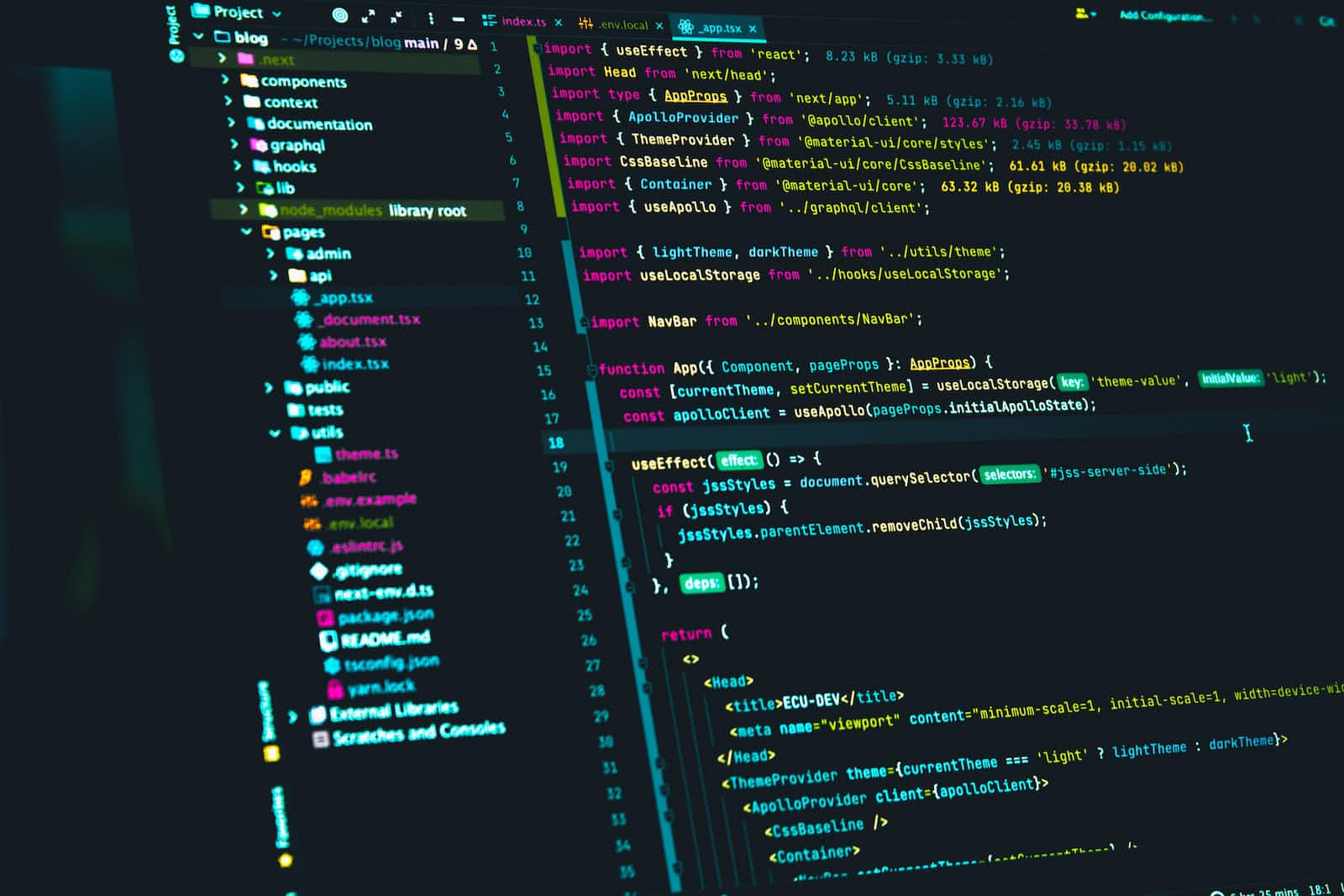🚀 Caching in JavaScript
 Saifur Rahman Mahin
Saifur Rahman MahinTable of contents
- 🚀 Caching in JavaScript: Comprehensive Overview
- 1. Browser Cache 🌐
- 2. HTTP Caching 📡
- 3. Service Workers 🛠️
- 4. Web Storage (localStorage and sessionStorage) 🗃️
- 5. IndexedDB 📊
- 6. In-Memory Caching 💡
- 7. Third-Party Libraries 📚
- 8. Client-Side Frameworks 🛠️
- 9. Web Storage API (localStorage and sessionStorage) 🗃️
- 10. Cookies 🍪
- 11. Memoization 📝
- 12. Network-level Caching (CDNs and proxies) 🌐
- 13. LocalStorage with Expiry 🕰️
- 14. Web Workers 🛠️
- 15. Immutable Data Structures 🏗️
- 16. Application State Management 🔄
- 17. Dynamic Script Loading ⚙️
- 18. Versioned URLs 🆕
- 19. CDN Caching 🚀
- 20. Proxy Servers 🔄
- 21. Distributed Caching 🌐
- 22. Server-Side Caching ⚙️

🚀 Caching in JavaScript: Comprehensive Overview
Caching in JavaScript is crucial for optimizing performance and reducing unnecessary data retrieval. Developers can choose from a variety of techniques based on specific requirements and use cases.
1. Browser Cache 🌐
Leverage the browser's built-in cache for static resources by setting appropriate cache headers on server responses.
2. HTTP Caching 📡
Control caching behavior using HTTP headers like Cache-Control and Expires to enable client-side caching.
3. Service Workers 🛠️
Intercept network requests and cache responses using service workers, ideal for progressive web apps (PWAs) and offline functionality.
4. Web Storage (localStorage and sessionStorage) 🗃️
Store key-value pairs locally on the client's machine, suitable for small amounts of persistent data.
5. IndexedDB 📊
Use IndexedDB for low-level, structured data storage, accommodating larger datasets compared to Web Storage.
6. In-Memory Caching 💡
Cache data in memory variables for short-term storage within the page or application session.
7. Third-Party Libraries 📚
Utilize libraries like lru-cache or localforage for additional caching features such as expiration policies and size limits.
8. Client-Side Frameworks 🛠️
Leverage built-in caching mechanisms provided by frameworks like React, which optimizes rendering through a virtual DOM.
9. Web Storage API (localStorage and sessionStorage) 🗃️
Extend local storage options for persistent key-value data storage on the client.
10. Cookies 🍪
Use cookies, with expiration times, for small data caching, although primarily designed for session management.
11. Memoization 📝
Cache function results to avoid recomputation, either manually or with libraries like lodash.memoize.
12. Network-level Caching (CDNs and proxies) 🌐
Employ CDNs and caching proxies for caching resources at the network level, reducing latency and server load.
13. LocalStorage with Expiry 🕰️
Combine localStorage with timestamps to implement custom expiration policies for cached data.
14. Web Workers 🛠️
Execute scripts in the background to perform calculations or fetch data, acting as a form of caching.
15. Immutable Data Structures 🏗️
Use immutable data structures to facilitate caching by ensuring data changes are easily detectable.
16. Application State Management 🔄
Employ state management libraries like Redux or MobX for structured caching of application data.
17. Dynamic Script Loading ⚙️
Load scripts on demand and cache them in memory to reduce repeated requests for dynamic web applications.
18. Versioned URLs 🆕
Include version information in resource URLs to force cache updates when resources change.
19. CDN Caching 🚀
Leverage Content Delivery Networks for automatic caching of static assets at edge locations.
20. Proxy Servers 🔄
Implement proxy servers to cache and control requests/responses, useful for API responses or external data.
21. Distributed Caching 🌐
Implement caching across multiple servers using solutions like Redis or Memcached for improved scalability.
22. Server-Side Caching ⚙️
Cache frequently accessed data on the server side, utilizing caching mechanisms in server frameworks or separate caching servers.
Choose caching strategies based on data size, update frequency, and whether the data is static or dynamic, ensuring optimal performance and responsiveness for your JavaScript applications.
Subscribe to my newsletter
Read articles from Saifur Rahman Mahin directly inside your inbox. Subscribe to the newsletter, and don't miss out.
Written by

Saifur Rahman Mahin
Saifur Rahman Mahin
I am a dedicated and aspiring programmer with a strong foundation in JavaScript, along with proficiency in key web development technologies like React, Next JS, Vue JS, Express JS, PHP, Laravel, MongoDB, and MySQL. I have a passion for creating interactive and dynamic web applications, and I'm committed to continuous learning and improvement in the ever-evolving world of programming. With my skills and enthusiasm, I'm excited to contribute to exciting projects and explore new opportunities in the field of web development.